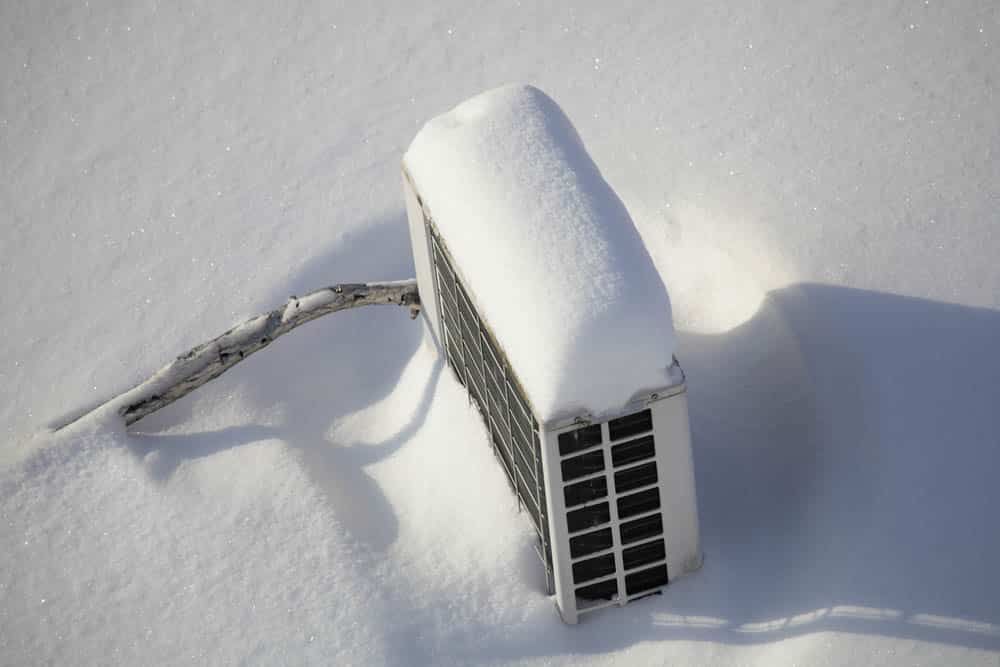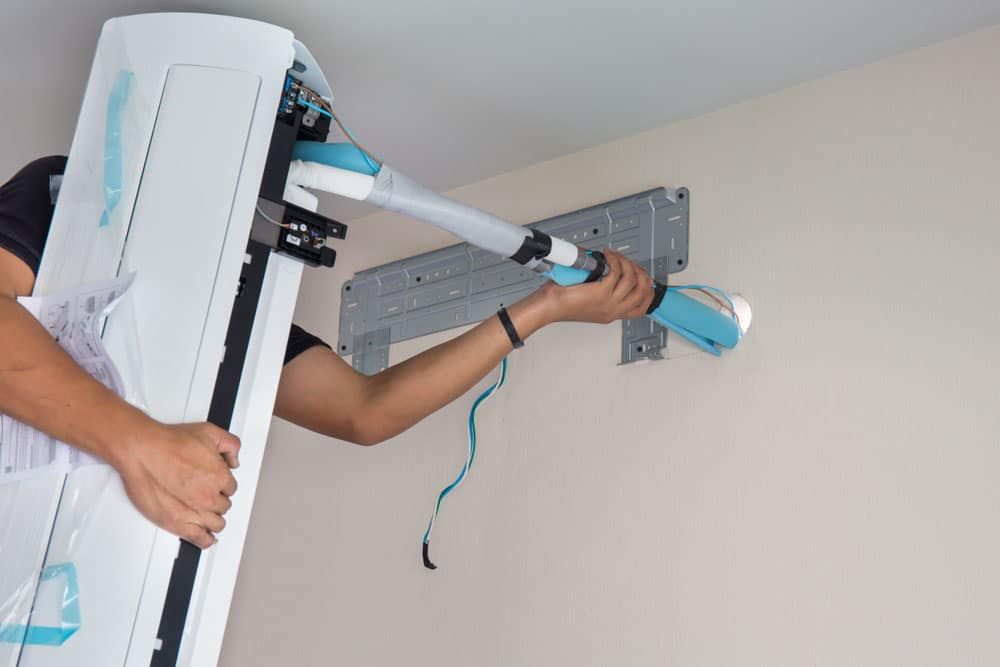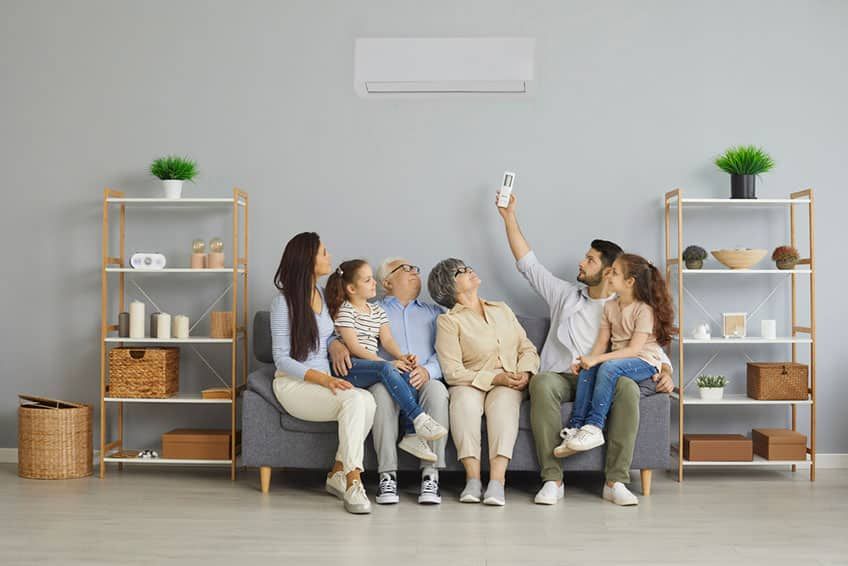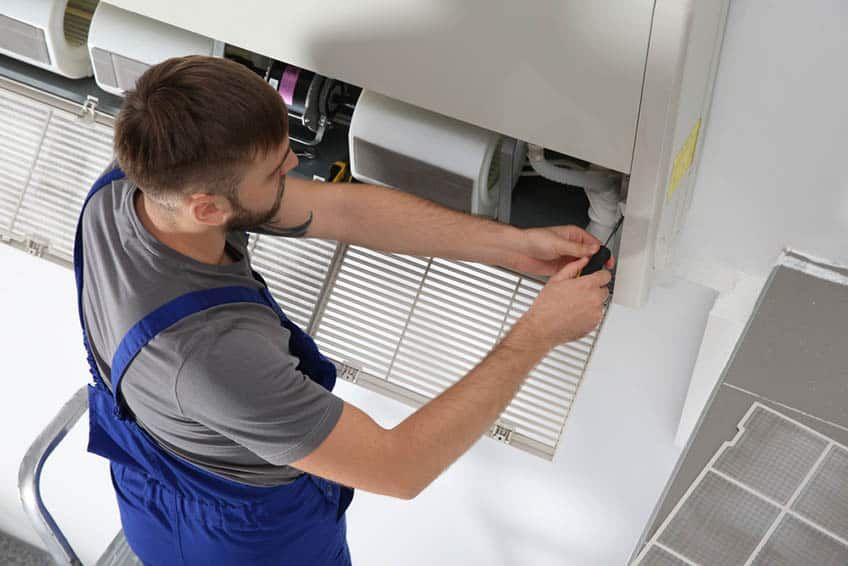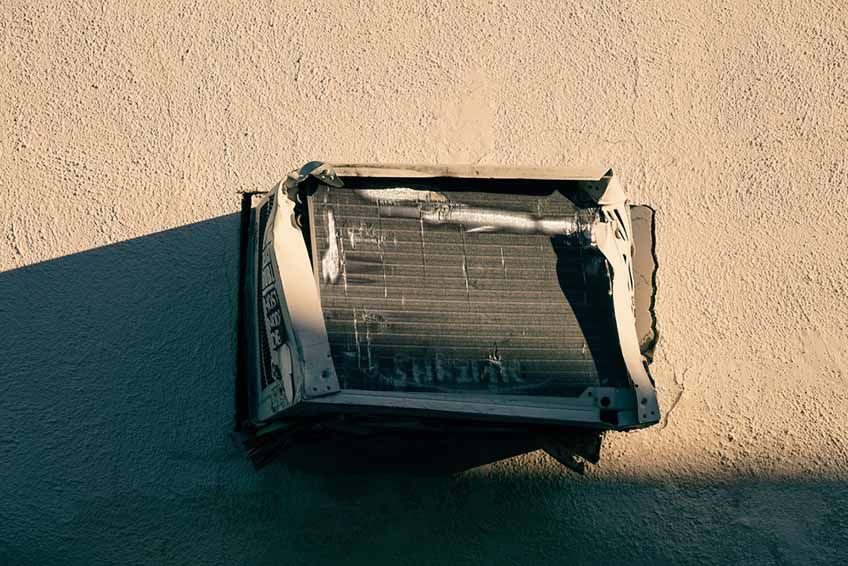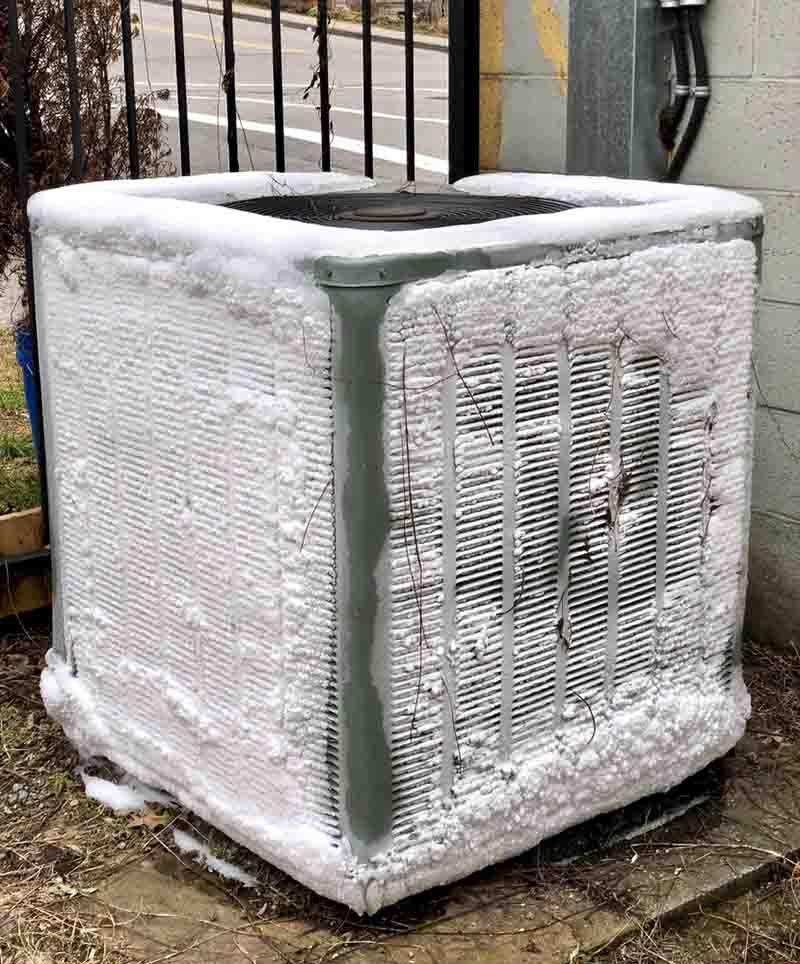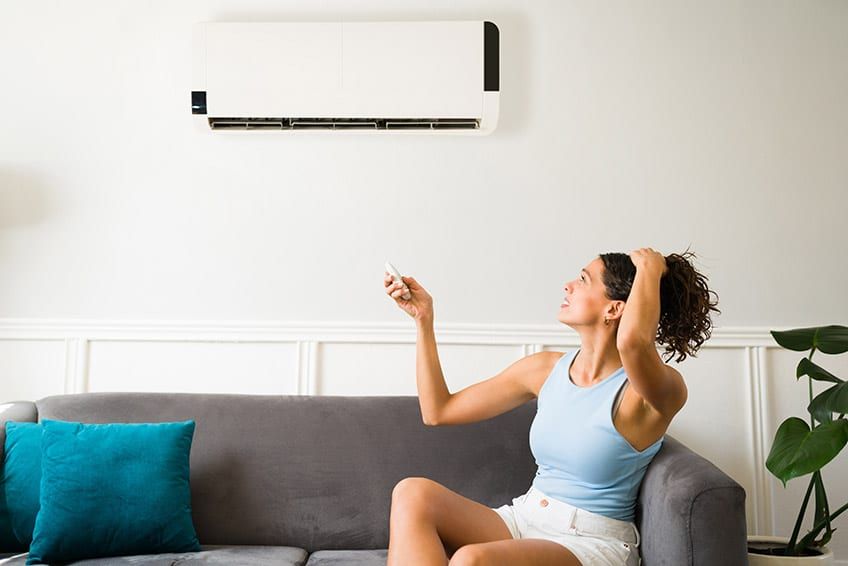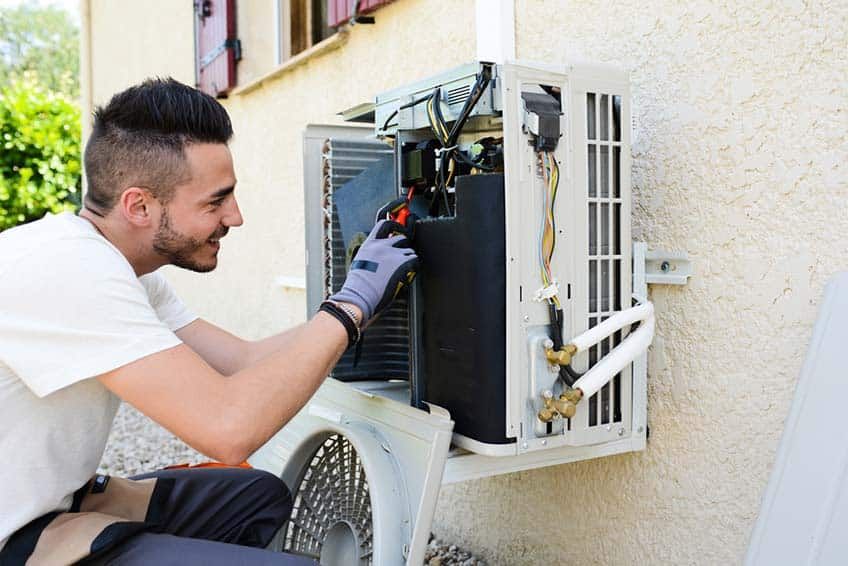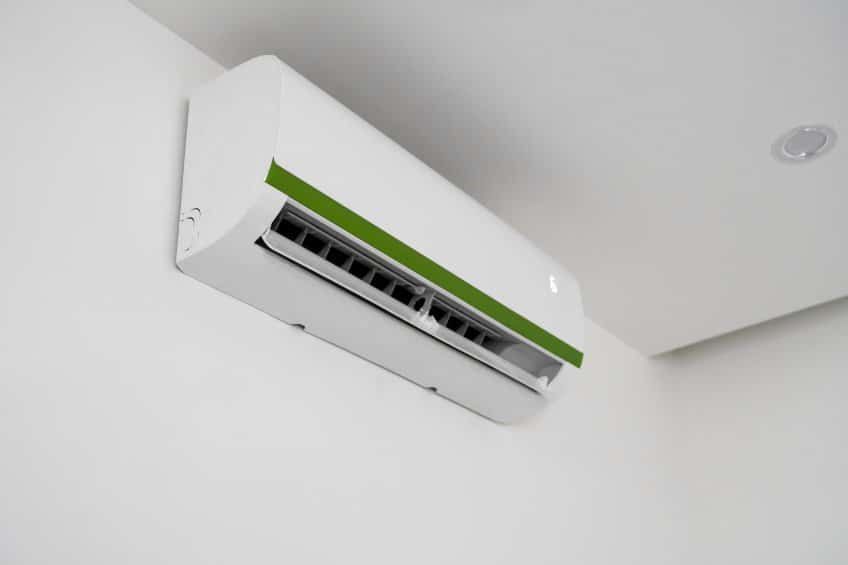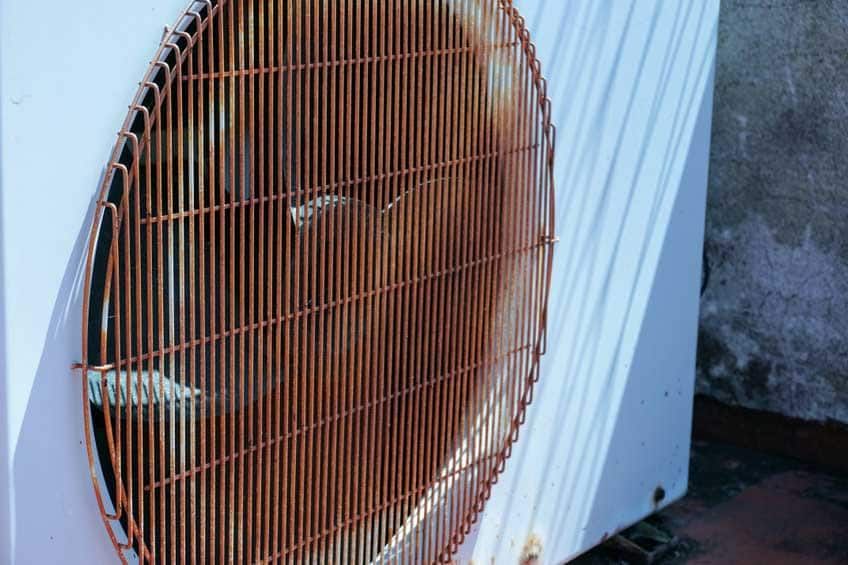Sure Ways to Keep Your AC From Freezing
Many people often struggle with their AC systems freezing up. When this happens, the system won’t be able to produce cold air at all. As the go-to company for air conditioning repair in Quincy, MA, we can help by ensuring your AC system doesn’t get affected by this common AC issue.
Below are the sure ways for you to keep your AC from freezing.
Ensure That Your System Has Enough Refrigerant
Low refrigerant levels are among the most common causes of frozen AC units. Since the system is trying to operate with insufficient levels of refrigerant, there is a resultant drop in pressure which then causes the evaporator coil to dip and freeze. Always schedule regular air conditioning services to ensure that your system has enough refrigerant.
Clear the Airflow
Obstructions to the system’s airflow can also lead to freeze-ups. When this happens, the evaporator coil won’t be able to transfer enough heat. In effect, it cools itself too much, which then causes it to freeze up. This is why it’s crucial to always stick to a regular air conditioning maintenance routine.
Change the Air Filter
You’d be amazed how something as simple as changing the filter can affect your AC system. A dirty filter means reduced airflow as discussed above. And when that happens, the evaporator coil will eventually develop layers of ice until it freezes over completely.
Check the Vents
Before you panic and consider a quick air conditioning replacement, it’s important to check all possible solutions that can bring back your AC system’s performance and efficiency. Sometimes, the cause of AC freeze-ups is as simple as blocked vents. Remember that you shouldn’t close more than 2-3 vents at a time. In addition, you also need to move furniture away from the vents to ensure there is ample airflow.
Trust 1 Services provides dependable air conditioning installation, maintenance, and repairs. We are a family owned business that is readily available to cater to your cooling and heating service needs 24/7. Reach out to us today to schedule your appointment!
